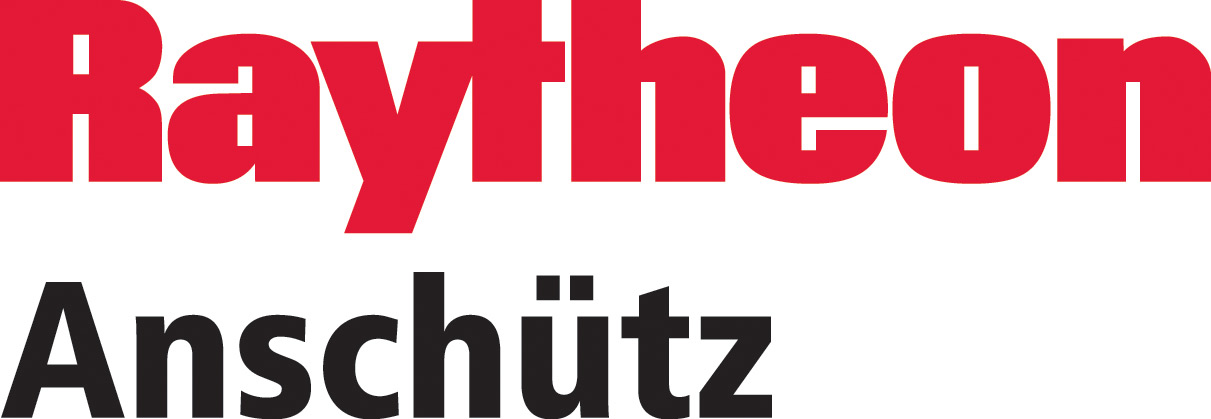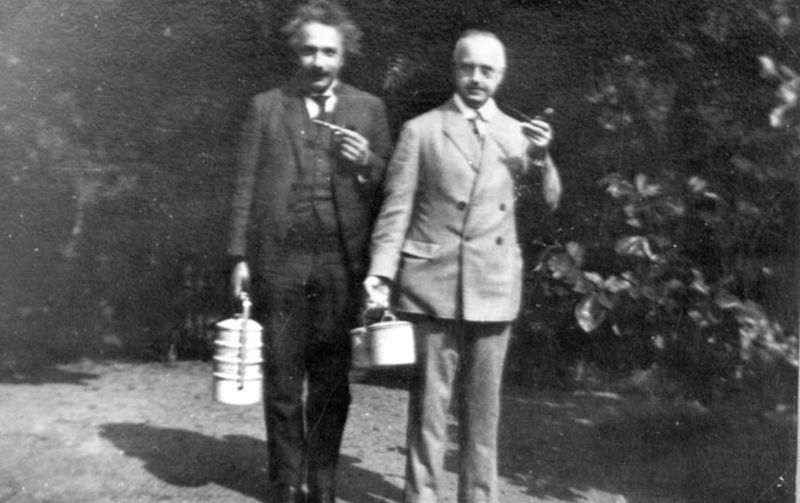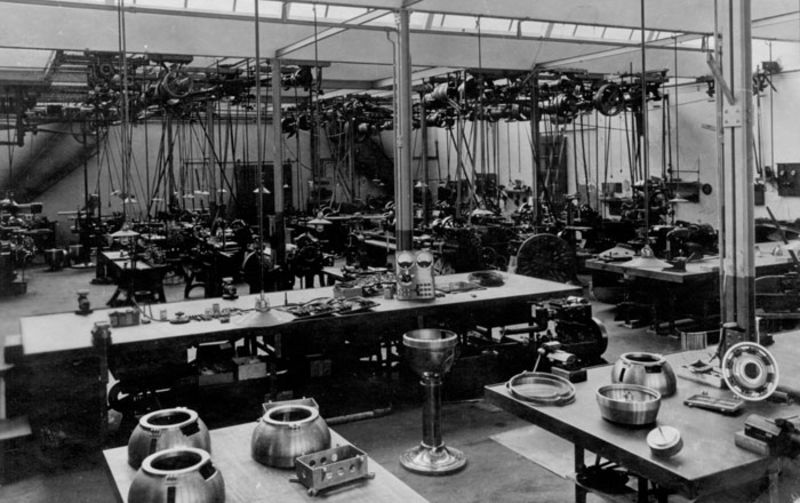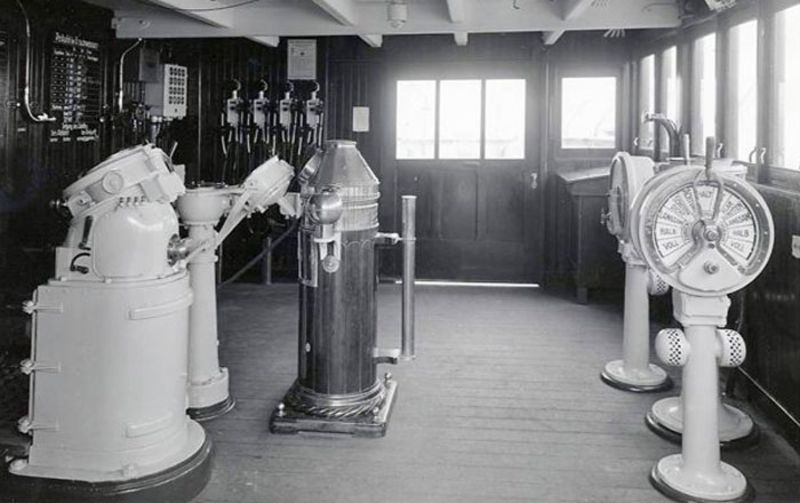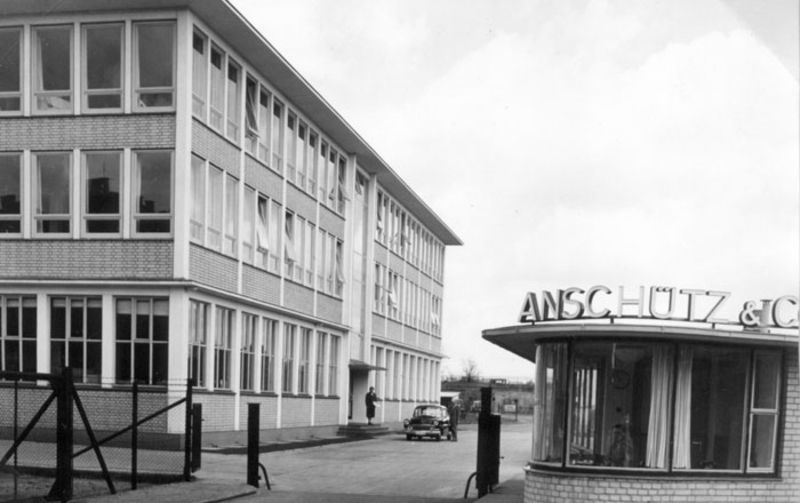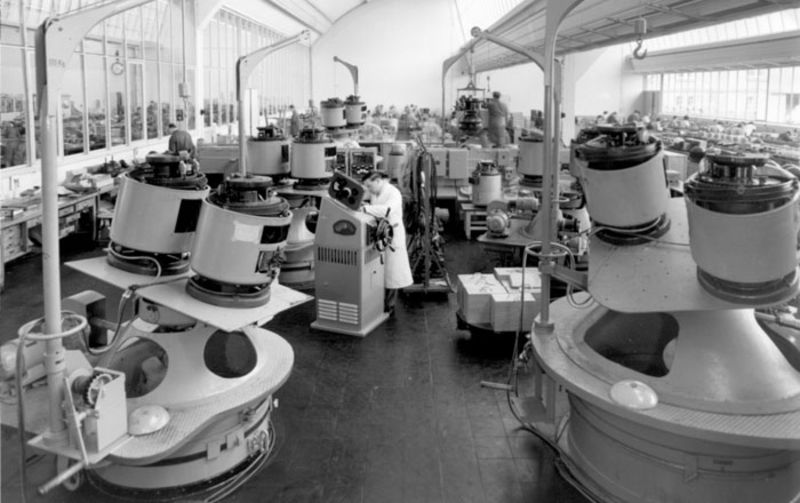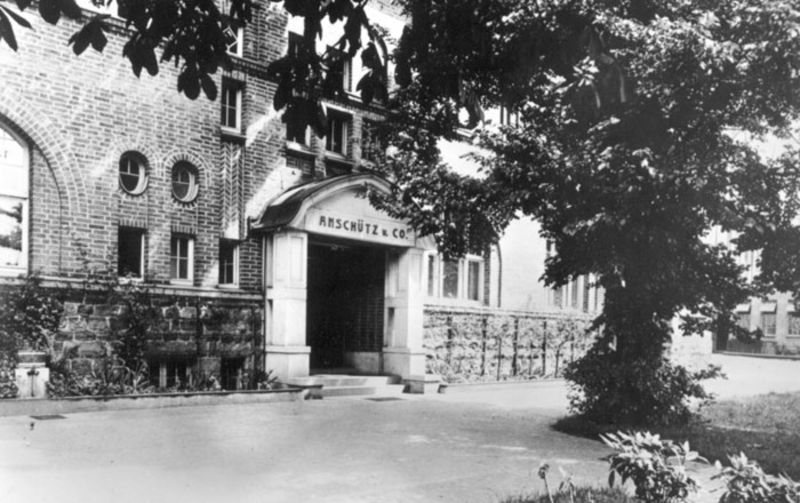A Pioneer in Navigation Technology
The history of Raytheon Anschütz has strongly influenced the navigation on board of ships. It all started with the gyro compass. Around the turn of the 20th century a classic problem of high-seas navigation was reliable course-keeping, especially near the poles. Since the magnetic compass does not work properly in steel ships and near a pole, the young Dr. Hermann Anschütz-Kaempfe was obsessed with finding a suitable course-keeping instrument and concentrated on locating the geographical north direction with the help of a gyro. In 1904 he invented the gyro compass.
One year later, in 1905, the company Anschütz & Co. GmbH was founded and started the production of gyro compasses in Kiel, Germany. In 1908 the company presented the first gyro compass that could be used on board a ship. Further innovations followed the gyro compass, for example, the world’s first chart plotter, a great grandfather of the present generation of electronic sea chart systems. And another innovation of Anschütz has made a deep impact on navigating: the first autopilot for ships, the so-called “iron helmsman”.
In 1995 Anschütz was acquired by the Raytheon Company (USA). Anschütz & Co. was renamed to Raytheon Anschütz GmbH and the traditional product range was extended to radars, electronic sea charts and radio stations.
1898 First Polar expedition by Dr. Hermann Anschütz — Idea: to find a new travel route to USA via the North Pole with a submarine
1904 Invention and patenting of the first gyro compass “GYROSCOPE”
1905 Founding of ANSCHÜTZ & CO in Kiel
1907 The world’s first gyro compass in operation
1912 The first three gyro compass on board a ship
1920 World’s first autopilot for ships (“Iron Helmsman”)
1925 Start of production of the two-gyrosphere compass (developed with help of Max Schuler, Prof. Albert Einstein)
1930 Dr. Anschütz-Kaempfe transfers his majority shares to Carl Zeiss
1945 Destruction and dismantling of the factory during World War II
1952 Reconstruction of the Anschütz factory in Kiel-Wik
1952 Further development of the gyro compass and beginning of production for commercial shipping; around 90 employees
1956 Development of an autopilot which controls the ship’s heading on an electro-mechanical basis
1964 Development of a horizon gyro system; about 400 employees
1969 Development of a gyro compass with scaleddown gyrosphere
1969 Development of the first electrical autopilot
1974 Development of the first computer supported course and track controller
1976 Incorporation of the sister company Zeiss Ikon AG, Kiel with their cinemascope product program into Anschütz & Co. GmbH
The company employs about 1,300 people in Kiel
1980 Development of a heading reference, 3-axial stabilized platform for technical research and naval applications
1982 Development of an «adaptive autopilot»
1985 Development of microprocessor-controlled navigation and steering control systems
1988 Development of a navigation and information display for the «modern bridge»
1991 Introduction of a product line for sophisticated seagoing yachts
1991 Development of navigation and planning system
1995 Raytheon Company, USA, acquires the nautical and cinema product line of Anschütz & Co. GmbH. New company name: Raytheon Anschütz GmbH
1995 Introduction of the modular bridge design IBS
1996 Introduction of the Electronic Sea Chart
1996 Raytheon Anschütz acquires Standard Radio, Sweden
1998 Introduction of the new Pathfinder/ST MK 2 Radar Generation
2000 Relocation of Radar and ECDIS production to Kiel
2003 Introduction of the new Gyro Compass-Series Standard 22
2010 Development of new adaptive NautoPilot 5000 series
2011 Development of the new NautoSteer AS CAN-bus steering control system
2012 The newly developed Synapsis Intelligent Bridge Contol system is the world’s first IMO-certified Integrated Navigation System
2013 Introduction of the first maintenance-free gyro compass — Horizon MF
2014 Development of the NautoScan NX network radar transceivers

